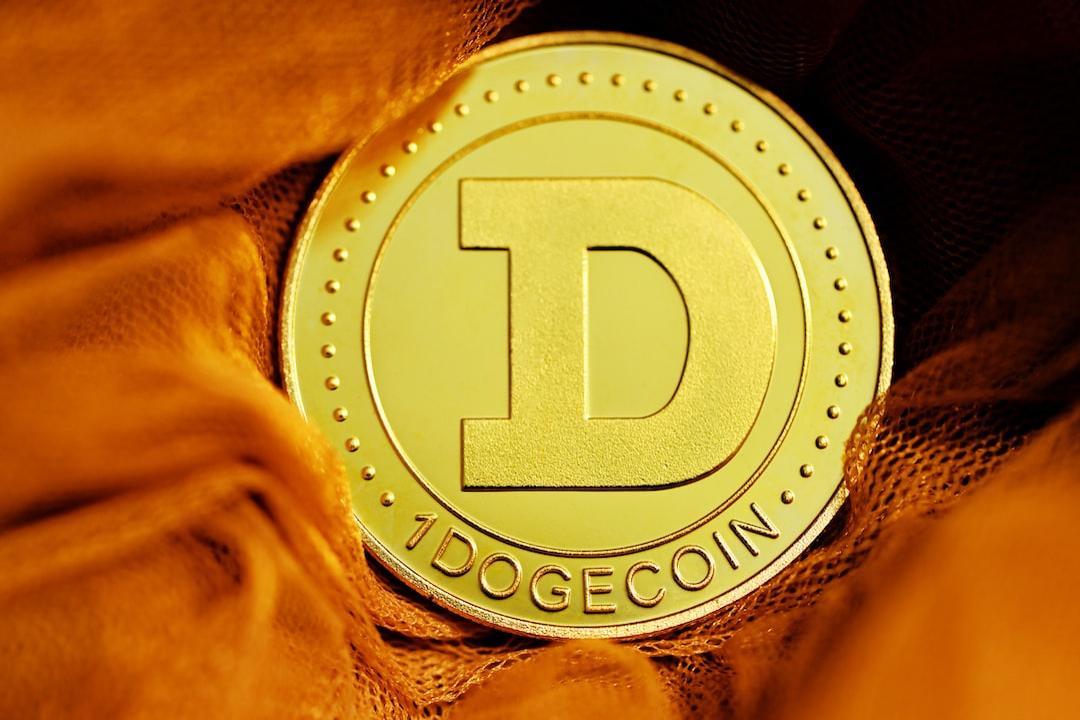XRP/USD Confirms Breakout from Bullish Falling Wedge Pattern
On May 12, 2025, XRP/USD on the daily chart confirmed a breakout from a bullish falling wedge pattern. This technical pattern forms when price action moves between two downward-sloping converging trendlines, typically signaling a potential reversal to the upside.


After forming this wedge since late December 2024, XRP broke above the upper trendline around May 10, 2025. The breakout shows a 7% increase from the wedge resistance, confirming bullish momentum.
If this breakout holds and the wedge plays out fully, XRP could gain up to 80% from its current level of $2.47. This target points toward the $4.40 range, which aligns with the previous high from December 2024.
At the same time, the 50-day Exponential Moving Average (EMA) at $2.23 now acts as support. XRP is trading well above this EMA, which supports continued bullish price action.
Meanwhile, the Relative Strength Index (RSI) sits at 64.67, indicating strong buying interest but still below overbought territory (70). This suggests there is more room for upward movement without immediate risk of a correction.
The trading volume also shows a moderate rise, confirming participation behind the move. If volume keeps increasing, the price may accelerate faster toward the projected target.
XRP Surges Ahead on ETF Growth, Ripple Acquisition, and SEC Settlement
Entering 2025, XRP outperformed the broader crypto market, fueled by strong exchange-traded fund (ETF) inflows, a major regulatory breakthrough, and Ripple’s $1.25 billion acquisition of Hidden Road. These developments positioned XRP as a top-performing digital asset during the first quarter.
Earlier previous week, Ripple Labs released its Q1 2025 XRP Markets Report. The report highlighted XRP’s strong price performance, rising institutional support, and regulatory progress. Ripple also announced that this would be the final report in its current format. Moving forward, XRP updates and Ripple’s holdings will be shared directly on its website. The company cited misuse of the report by former U.S. Securities and Exchange Commission (SEC) officials as the reason for the change.
According to the report, XRP outperformed major assets like Bitcoin (BTC) and Ethereum (ETH), climbing nearly 50% in early February. While ETH and Solana (SOL) saw sharp declines and BTC remained flat, XRP maintained relative strength through Q1.

At the same time, institutional interest in XRP grew through ETF-related developments. XRP exchange-traded products (ETPs) saw wider adoption and increased inflows globally. The report confirmed $37.7 million in Q1 inflows to XRP-linked investment products, bringing the 2025 total to $214 million—just $1 million below Ethereum-linked products worldwide.
U.S. and global ETF activity also expanded. Franklin Templeton filed an S-1 form for a U.S. spot XRP ETF. CME announced upcoming XRP futures. Volatility Shares submitted three separate ETF applications. In Brazil, the securities regulator approved a dedicated XRP ETF. Meanwhile, Teucrium launched a 2x Long Daily XRP ETF, which entered the top 5% of new ETF launches with $5 million in trading volume.
Ripple’s $1.25B Hidden Road Deal Expands Institutional Reach
Ripple’s $1.25 billion agreement to acquire Hidden Road marked one of the largest mergers in the digital asset sector, deepening Ripple’s role in institutional finance. The deal, announced on April 8, 2025, gave Ripple full control over the prime brokerage platform, which services major institutional clients across digital assets, foreign exchange (FX), and traditional finance.
According to the official statement, Hidden Road will integrate Ripple’s XRP Ledger into its post-trade infrastructure. This integration will support settlement for FX, swap, and repurchase (repo) markets. Ripple said the move aims to reduce operational overhead and improve the speed and transparency of institutional settlement workflows.
Ripple’s infrastructure will also become central to Hidden Road’s collateral management. The company confirmed that Ripple’s stablecoin, RLUSD, will be embedded as collateral across multiple financial products on the Hidden Road platform. This creates a new on-chain collateral model for prime brokerage, giving RLUSD a direct utility in institutional risk management.
Hidden Road, which already services clients in more than 30 jurisdictions, will maintain its regulatory licensing under Ripple’s ownership. The firm holds approvals from the U.K. Financial Conduct Authority (FCA), U.S. Financial Industry Regulatory Authority (FINRA), and the Monetary Authority of Singapore (MAS). Ripple stated that this regulatory coverage supports the company’s multi-jurisdictional expansion strategy.
Ripple CEO Brad Garlinghouse said the acquisition strengthens Ripple’s position as a full-service financial infrastructure provider in both crypto and traditional markets. He added that the integration of Ripple’s blockchain solutions into a global prime broker is a milestone in bridging decentralized finance with existing institutional systems.
Regulatory Win Clears Legal Hurdles
Meanwhile, Ripple achieved a major legal breakthrough in its long-running battle with the U.S. Securities and Exchange Commission (SEC). In early April 2025, the SEC officially withdrew its appeal in the enforcement case against Ripple. As part of the resolution, the regulator agreed to reduce the financial penalty from $125 million to $50 million. It also requested that the court vacate the prior injunction that had restricted Ripple’s operations and asset sales.
The SEC’s decision to end its appeal marked a sharp reversal from its earlier stance. For nearly four years, the agency had pursued claims that Ripple’s XRP token constituted an unregistered security. While Ripple previously secured partial court victories in 2023 and 2024, the case continued to weigh on the company’s U.S. operations. With the appeal dropped and the penalty lowered, Ripple now has legal clearance to expand more freely in the American market.
At the same time, Ripple cited broader changes in the regulatory environment under the new U.S. administration as a key turning point. One of the most significant shifts was the repeal of Staff Accounting Bulletin (SAB) 121. Previously, SAB 121 restricted banks and custodians from holding crypto assets on behalf of clients by requiring them to treat such holdings as liabilities. Its removal has cleared the way for more traditional financial institutions to enter crypto custody.
Additionally, the Office of the Comptroller of the Currency (OCC) issued updated guidance allowing nationally chartered banks to provide custody services for digital assets. The revised framework clarified compliance requirements and removed earlier legal ambiguities that discouraged participation.
The Federal Deposit Insurance Corporation (FDIC) also revised its policy on how banks should treat crypto holdings. The new guidance offered banks a clearer path to manage crypto-related risks, enabling them to engage with the sector more confidently.
Ripple described these combined developments as a major shift toward regulatory certainty. The company said these changes not only benefit its own operations but also strengthen the foundation for broader adoption of crypto technologies across U.S. financial institutions.

